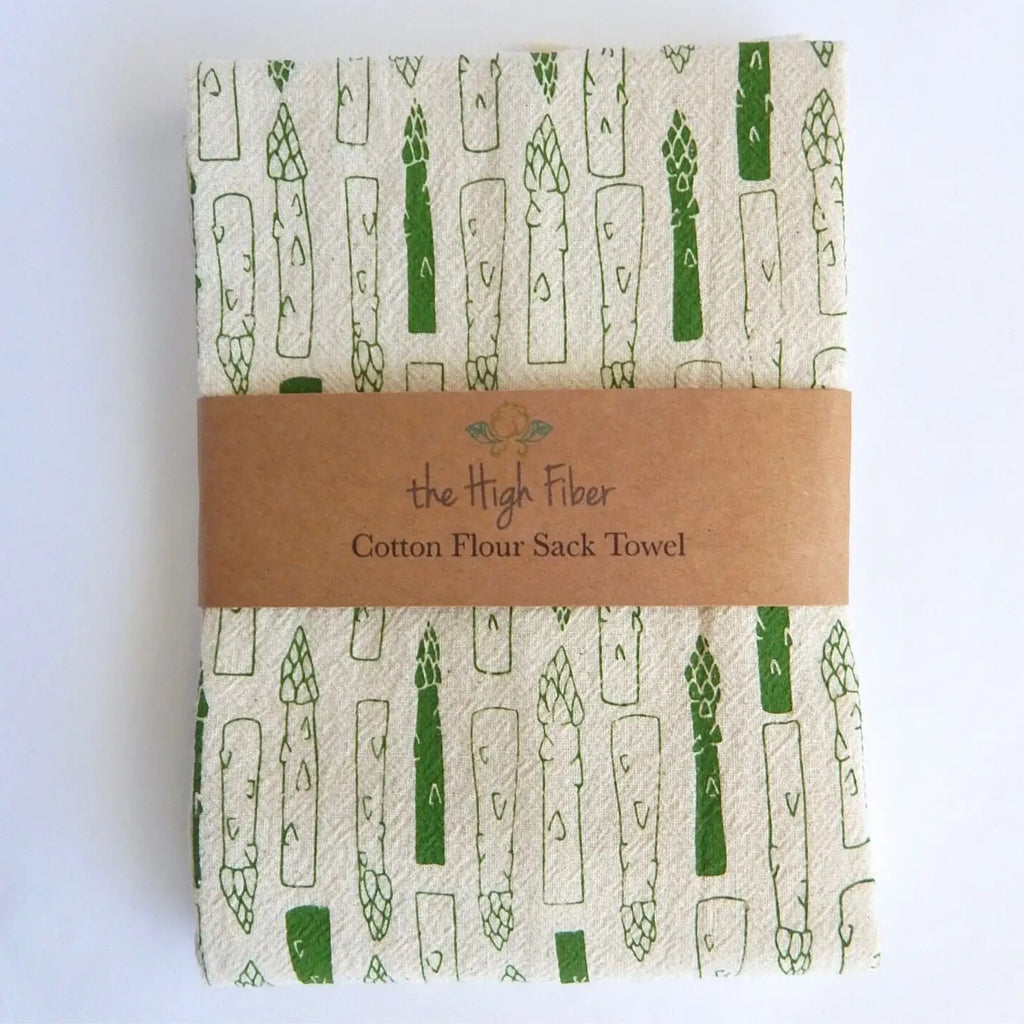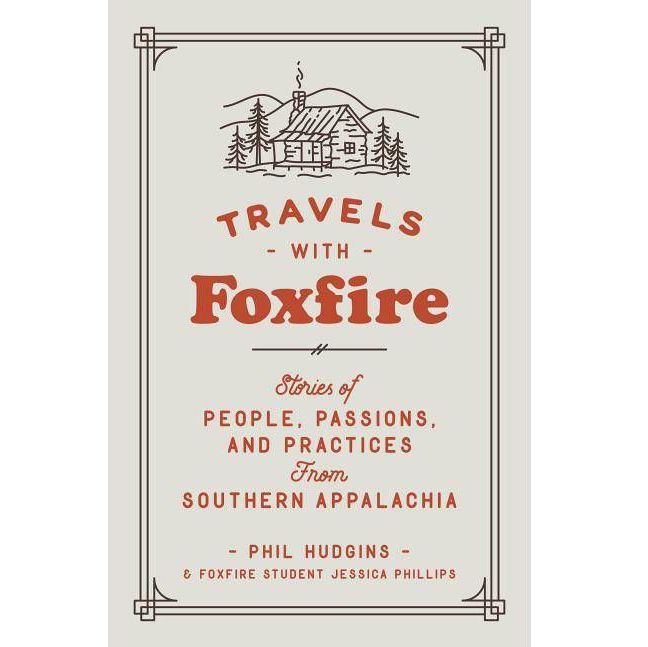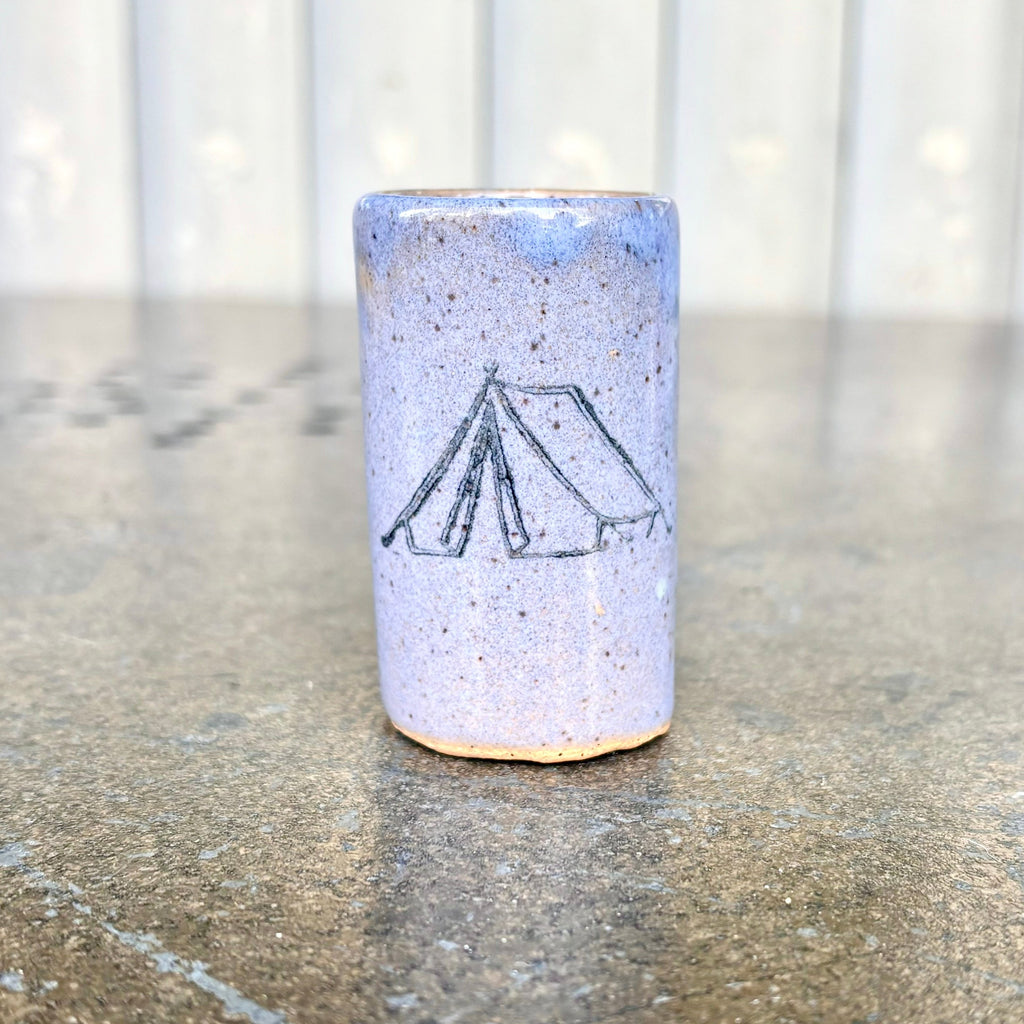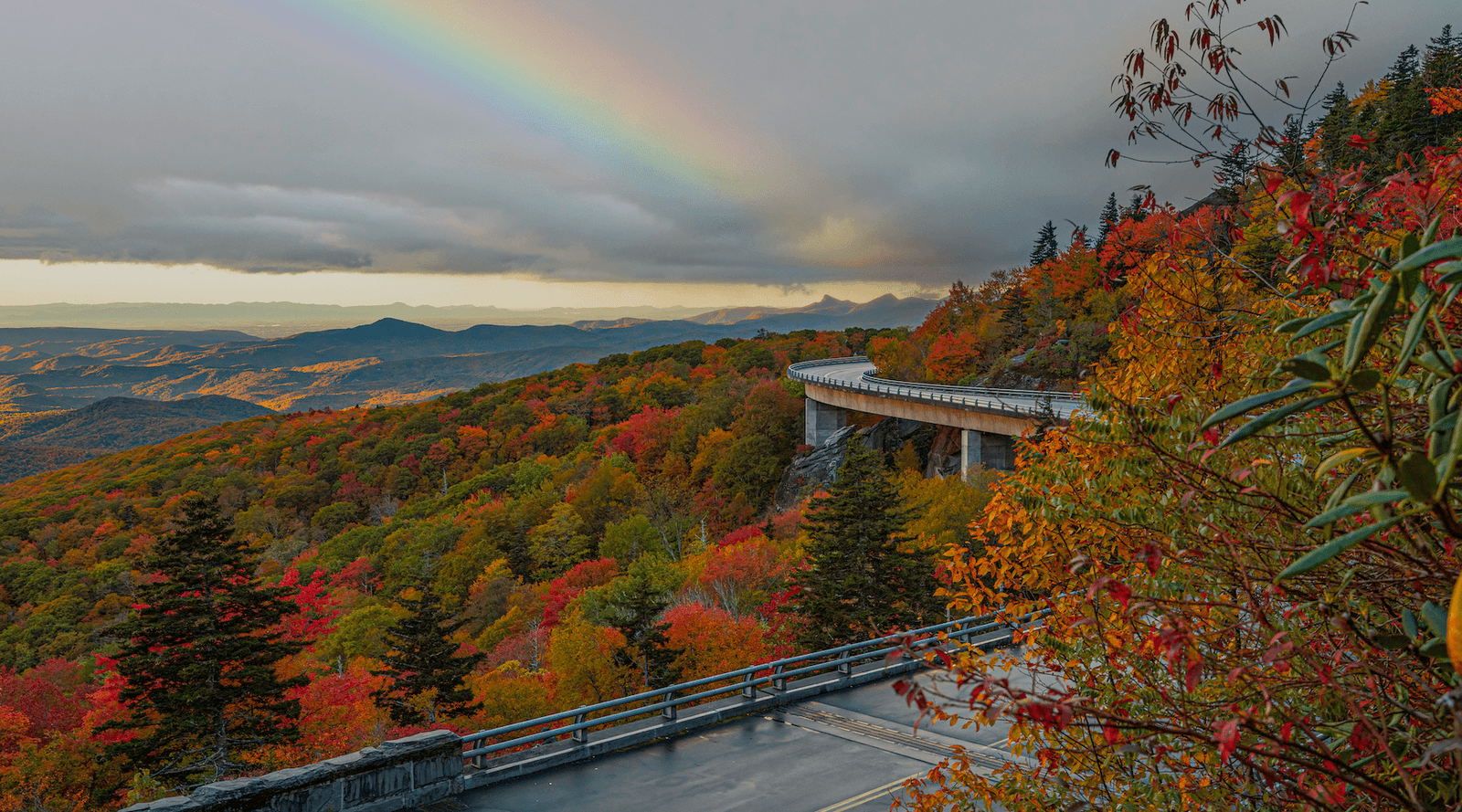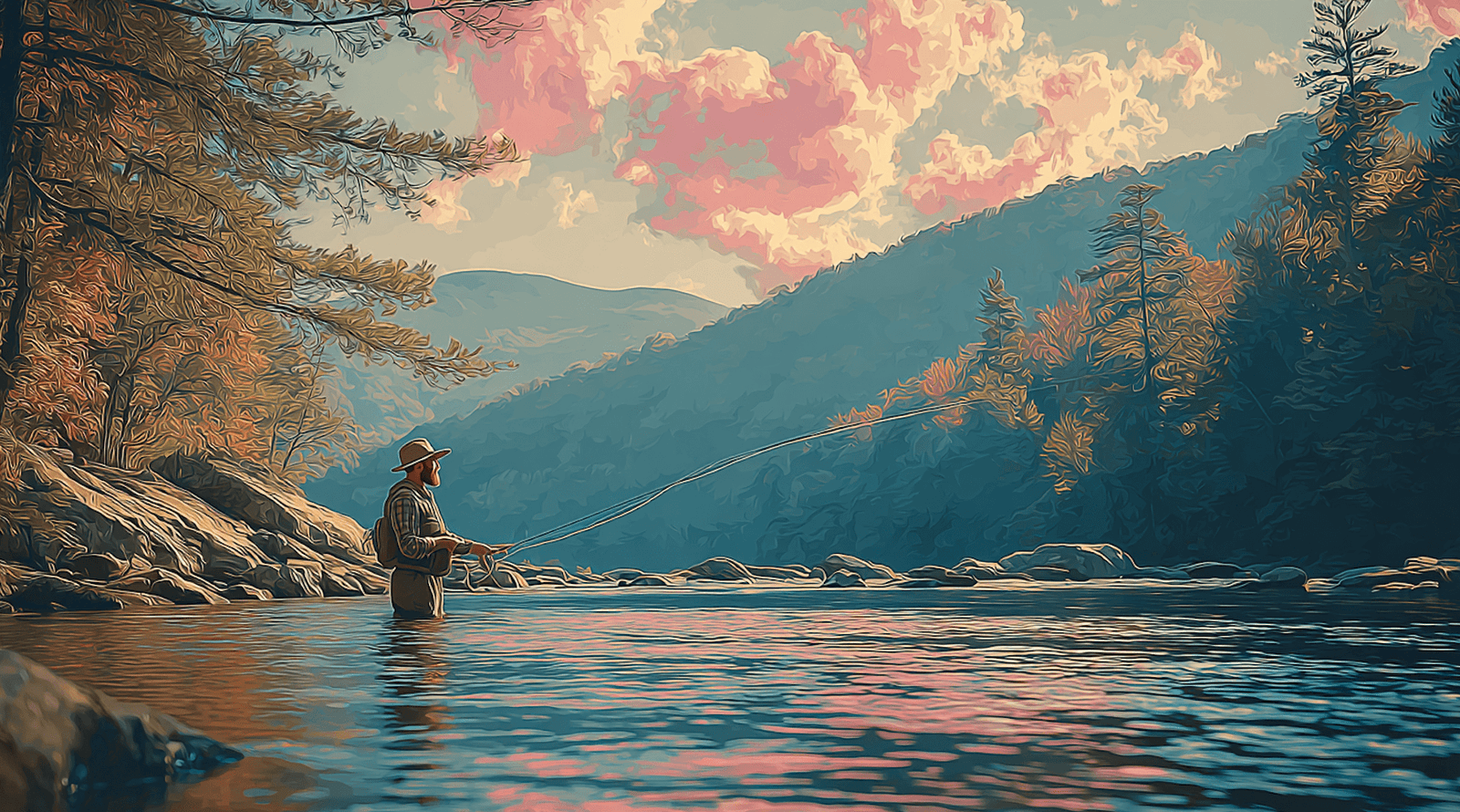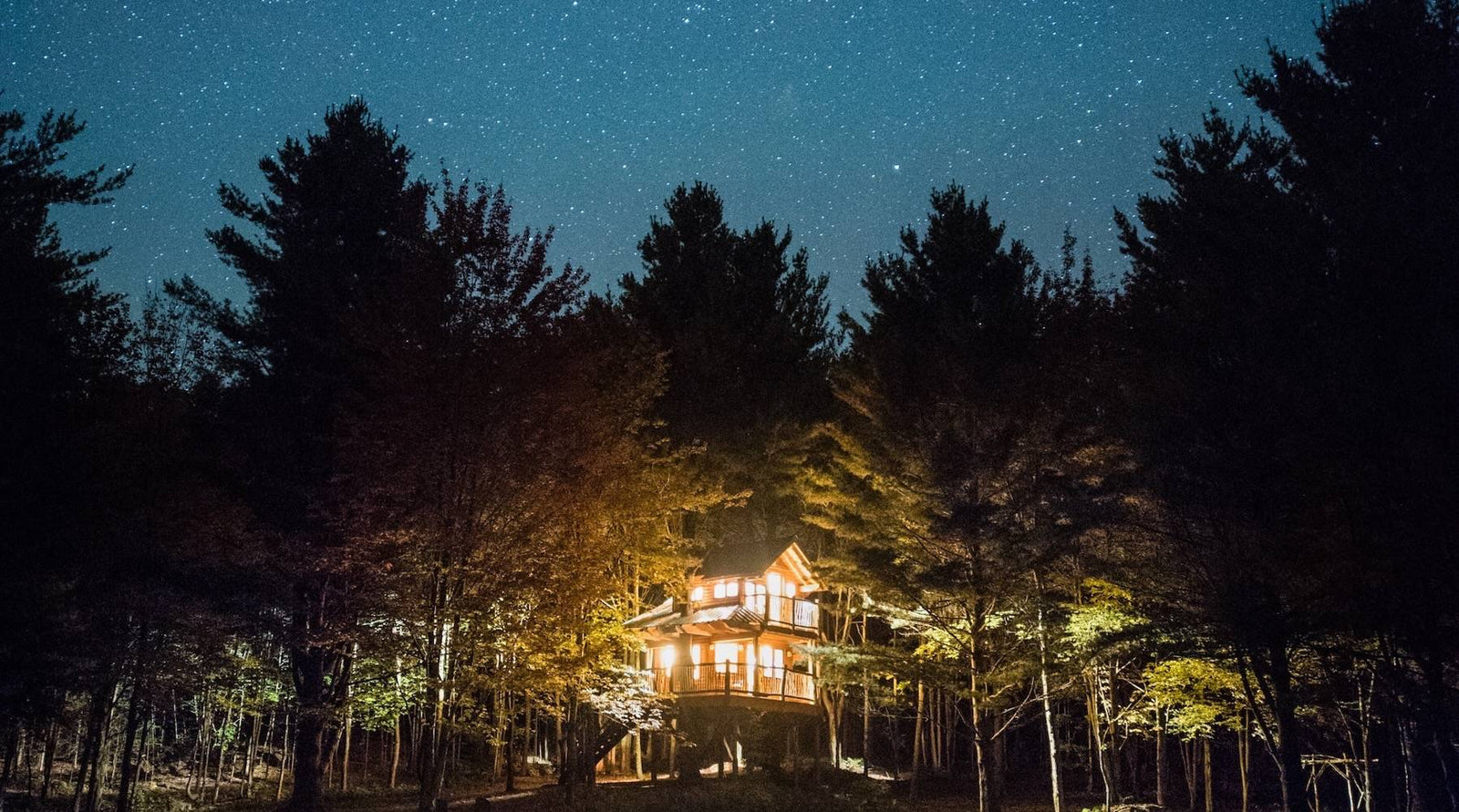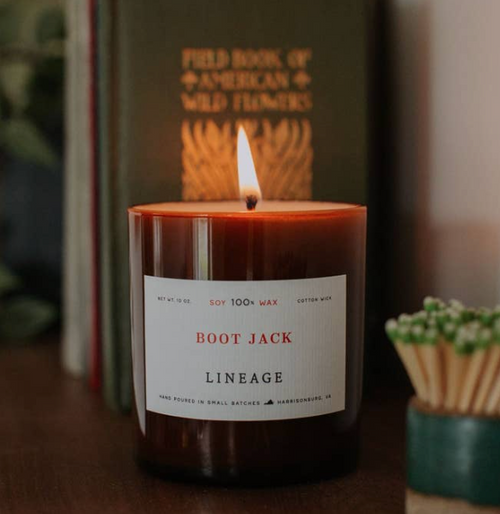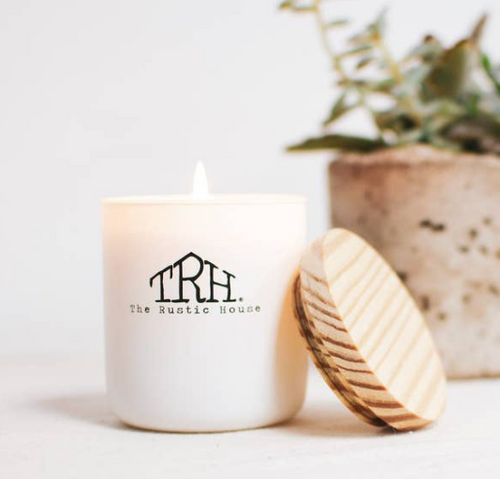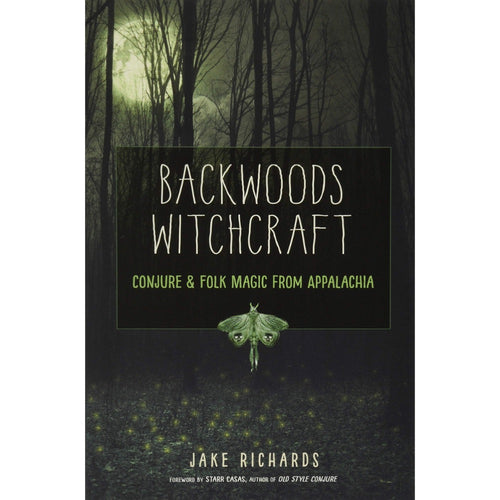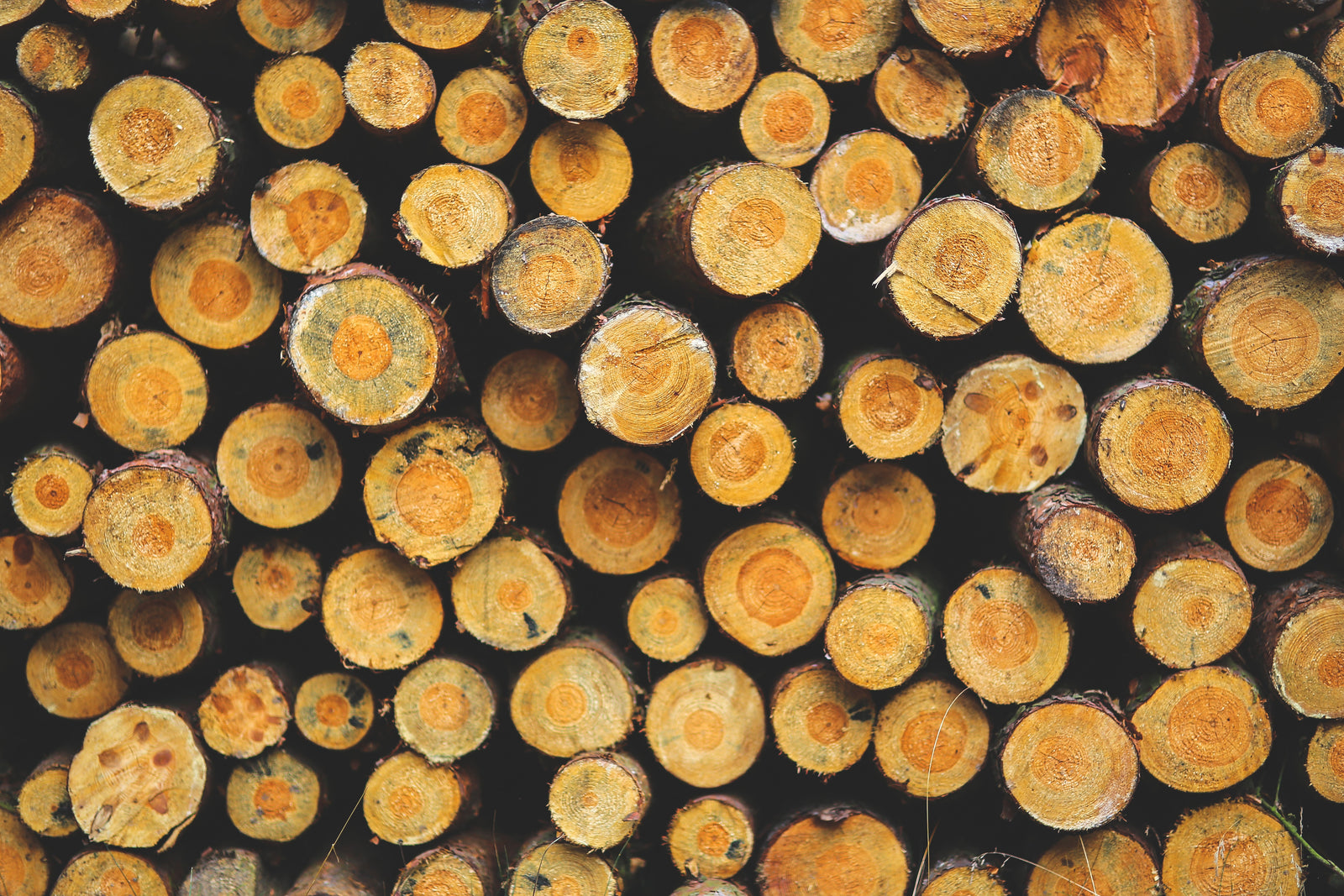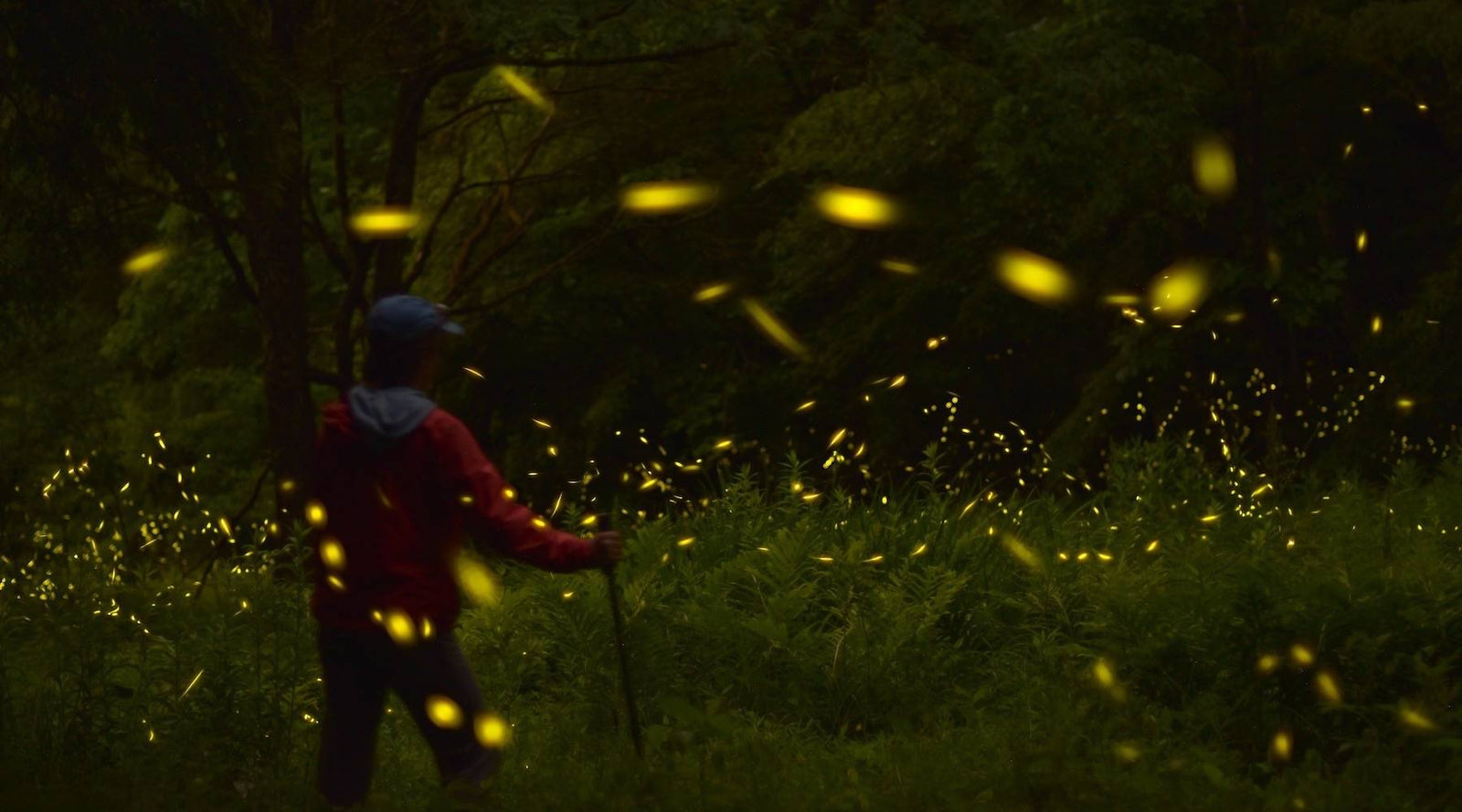
Come June, synchronous fireflies steal the show in rural Pennsylvania. Photo by Peggy Butler.
Chasing magic after sundown? See the region’s most dazzling lightning bug displays in these spots.
Each June, as northwestern Pennsylvania settles into the thick of summer, the hills start to flicker in perfect unison.
“It’s just so magical, almost like a fairytale,” said Peggy Butler, who co-founded the Pennsylvania Firefly Festival with her husband, Ken, in 2013.
Held on their 15-acre property in the tiny town of Kellettville, the event draws visitors eager to witness the synchronized show put on by Photinus carolinus — a rare firefly species in which males coordinate their light flashes to attract mates.
When the Butlers launched the festival more than a decade ago, it was little more than a few lawn chairs and bug-loving neighbors. But after David Attenborough filmed a documentary on bioluminescence at the farm in 2015, the event became wildly popular.
“There would be so many people clamoring for tickets, that our website would crash. We knew we had to put the genie back in the bottle,” Peggy said. “Now, we post a link to a Google form early in the year. I close the form in March, do a randomization of the names, and start emailing those people. They have 24 hours to respond.”
SUMMER ESSENTIALS
Every purchase helps keep our Appalachian magazine alive and thriving.
For this year’s festival, 1,800 hopefuls vied for just 120 spots. (Those are about the same odds as being admitted to the University of Pennsylvania.) But the Butlers aren’t being exclusive for exclusivity’s sake. The strict attendance cap is about protecting the delicate ecosystem that makes the magic possible.
“Fireflies need darkness — real darkness — to communicate and reproduce,” Peggy said. “Too much artificial light, and they can’t find each other.”
Fireflies also need moist, undisturbed soil to complete their life cycle, since they spend up to two years underground as larvae. That means the land needs to stay wild — no pesticides, no over-mowing, no floodlights blazing from the front porch.
“When you know better, you do better,” Peggy said. “That’s what the festival is really about: helping people understand how to keep from destroying the very magic they came to see.”
Dates for the 2026 Pennsylvania Firefly Festival are TBD. Visit pafireflyevents.org for the latest.
OTHER PLACES TO SEE FIREFLIES

Elkmont’s famous synchronous fireflies light up the Smokies. Photo courtesy of Fine Art Photography by Radim Schreiber.
Elkmont is possibly the most famous firefly destination in the U.S., and it lives up to the buzz. From late May to early June, thousands of synchronous fireflies flash in unison, drawing crowds from all over the world. Due to high demand, the National Park Service manages access through an annual lottery. Only lottery winners may enter Elkmont during the eight-day viewing period.
HOW TO BEHAVE IN FIREFLY COUNTRY
Ready to spot some lightning bugs? Here’s how to enjoy the glow without disturbing the show.
DITCH THE FLASHLIGHT
Or, at the very least, cover it with red cellophane. White light disorients fireflies.
STICK TO THE TRAIL
Don’t stomp around in the underbrush. Females rest on the ground and are easily crushed.
SKIP THE JAR
Fireflies belong in the wild, not on kitchen counters. Let ‘em live their best lives in nature.
HUSH YO' MOUTH
Loud sounds can startle the fireflies, so try to enjoy the show in quiet awe.

Watoga State Park boasts some of the East Coast’s darkest skies. Photo courtesy of the West Virginia Department of Tourism.
Designated as an International Dark Sky Park, West Virginia’s 10,000-acre Watoga State Park boasts some of the best conditions for firefly gandering. Synchronous species light up the park from mid-to-late June (depending on the weather), and the show typically begins around 10 p.m. Go on a nighttime hike with a naturalist, or rent a cabin and watch from the front porch.

Guided walks in Pisgah National Forest allow visitors to spot rare blue ghost fireflies. Photo by Leslie Restivo, courtesy of VisitNC.com.
For a few fleeting nights each May and June, elusive blue ghost fireflies haunt the forest floor of Pisgah National Forest like tiny, floating lanterns. Your best chance to see this glowing spectacle? Snag a coveted ticket to the Cradle of Forestry’s Blue Ghost Firefly Tours. Tickets usually go on sale in early April and sell out quickly, with just 150 spots available each night.








